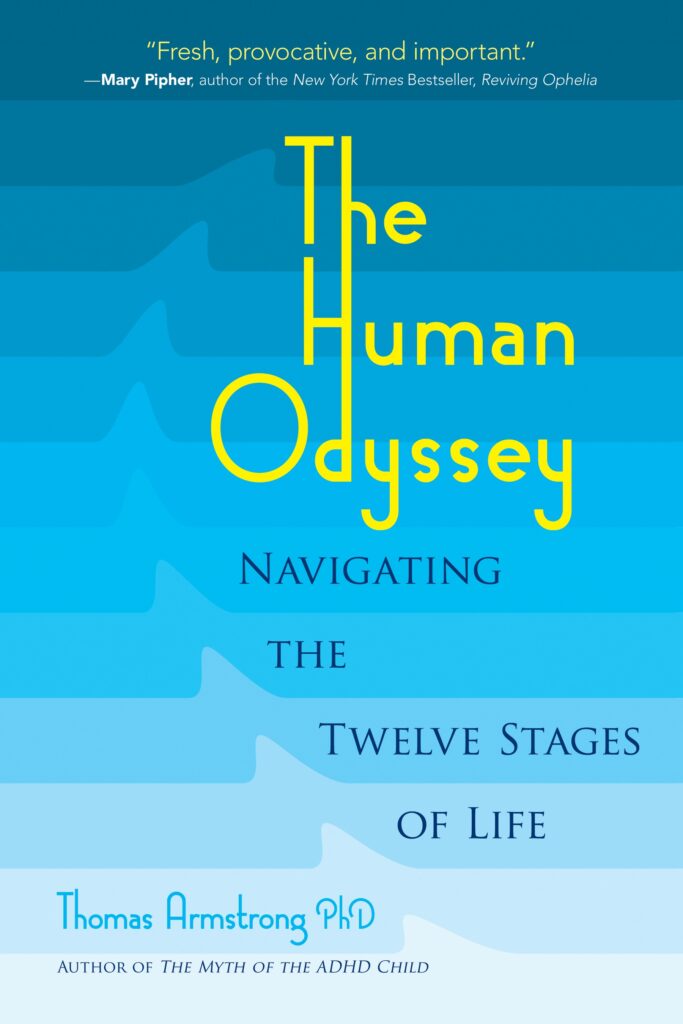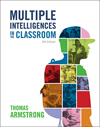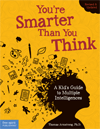 This is video #10, the conclusion to my 10-video series on an Introduction to Neurodiversity based on a course I taught at Bridges Graduate School of Cognitive Diversity in Education. In this video I focus on how neurodiversity can best be integrated into the society around it. I first look at the big picture and envision how neurodiversity fits into a broader perspective that includes a range of diversities, including those of race, culture, gender identity, sexual orientation, age, and biodiversity. Then I examine the likely resistance of special education programs to the idea of neurodiversity, including their need to identify students by disability in order to satisfy quotas and meet federal requirements, and their concern with ”raising up” special needs students to ”grade level” standards. I suggest that it may be possible for teachers to use a deficit-oriented paradigm to get student INTO special education, but a strength-based paradigm to TEACH them once they are within the system. Finally, I look at the potential for a new type of educator in the public schools, a neurodiversity specialist, who will train teachers, assess students using strength-based measures, and dovetail their duties with other diversity, equity, and inclusion programs within their schools or districts.
This is video #10, the conclusion to my 10-video series on an Introduction to Neurodiversity based on a course I taught at Bridges Graduate School of Cognitive Diversity in Education. In this video I focus on how neurodiversity can best be integrated into the society around it. I first look at the big picture and envision how neurodiversity fits into a broader perspective that includes a range of diversities, including those of race, culture, gender identity, sexual orientation, age, and biodiversity. Then I examine the likely resistance of special education programs to the idea of neurodiversity, including their need to identify students by disability in order to satisfy quotas and meet federal requirements, and their concern with ”raising up” special needs students to ”grade level” standards. I suggest that it may be possible for teachers to use a deficit-oriented paradigm to get student INTO special education, but a strength-based paradigm to TEACH them once they are within the system. Finally, I look at the potential for a new type of educator in the public schools, a neurodiversity specialist, who will train teachers, assess students using strength-based measures, and dovetail their duties with other diversity, equity, and inclusion programs within their schools or districts.
As I point out in my article for Educational Leadership, ”Neurodiversity: The Future of Special Education?:
For more information about neurodiversity, see my books The Power of Neurodiversity: Unleashing the Advantages of Your Differently Wired Brain, and Neurodiversity in the Classroom: Strength-Based Strategies to Help Students with Special Needs Succeed in School and Life.
This page was brought to you by Thomas Armstrong, Ph.D. and www.institute4learning.com.
Follow me on Twitter: @Dr_Armstrong




















